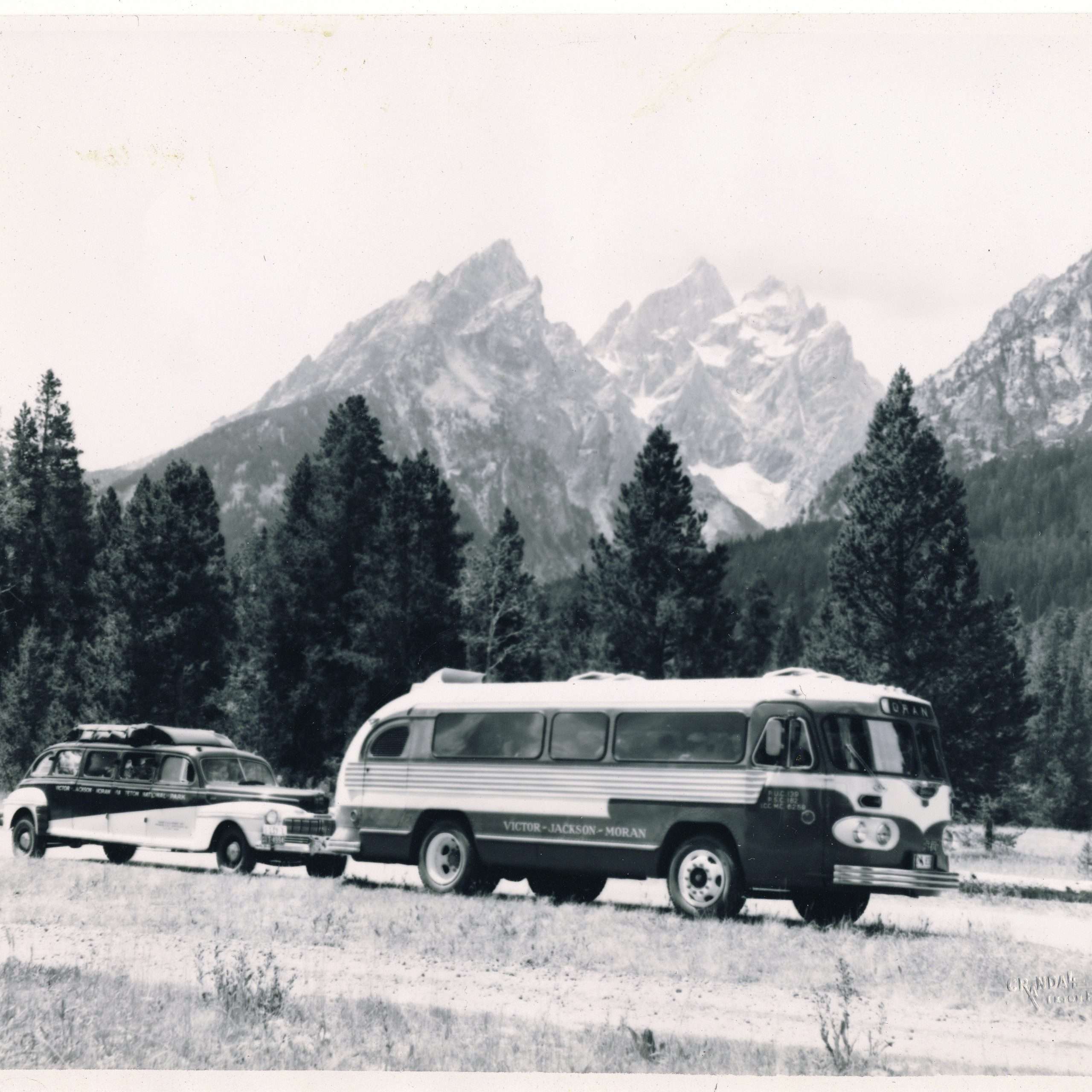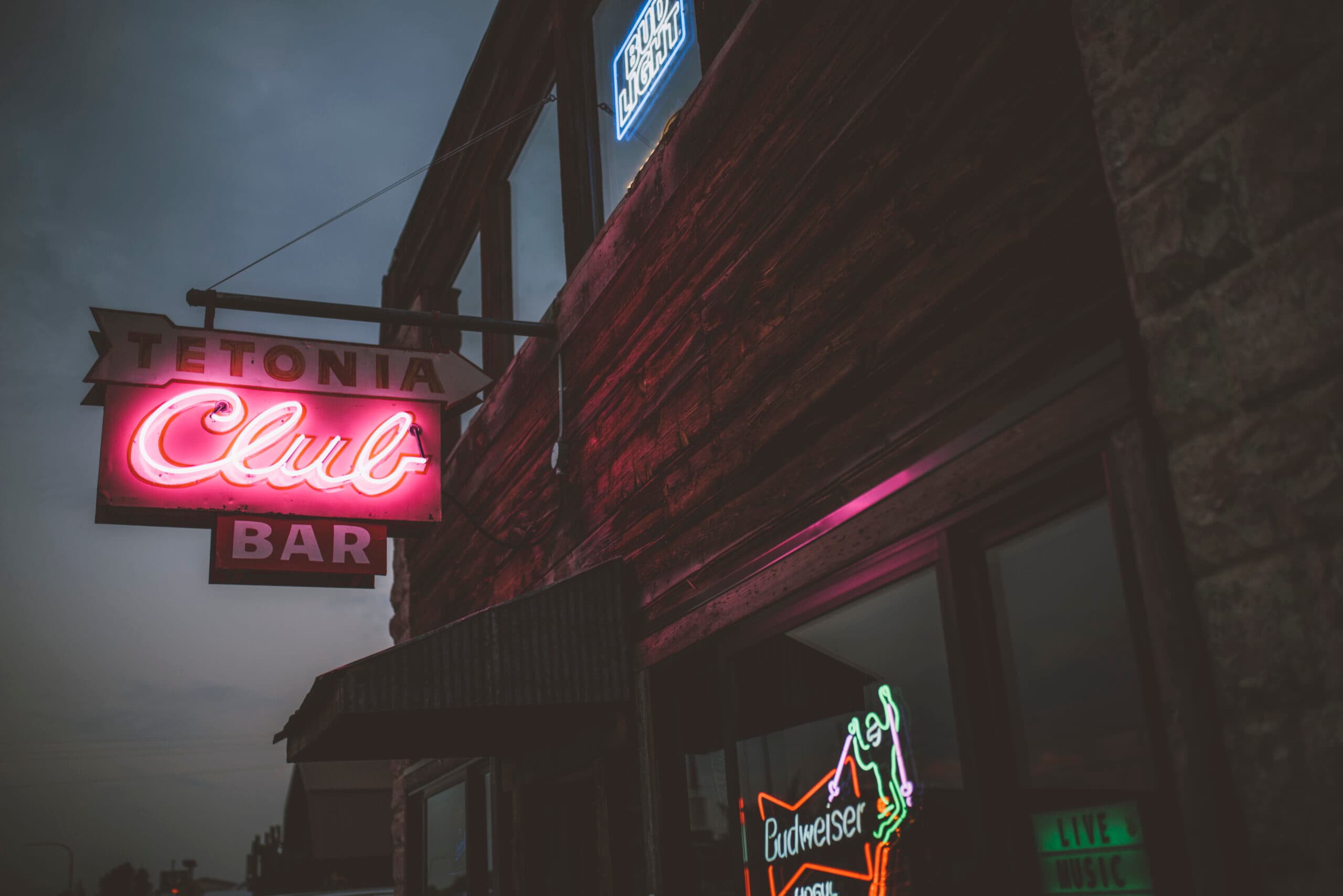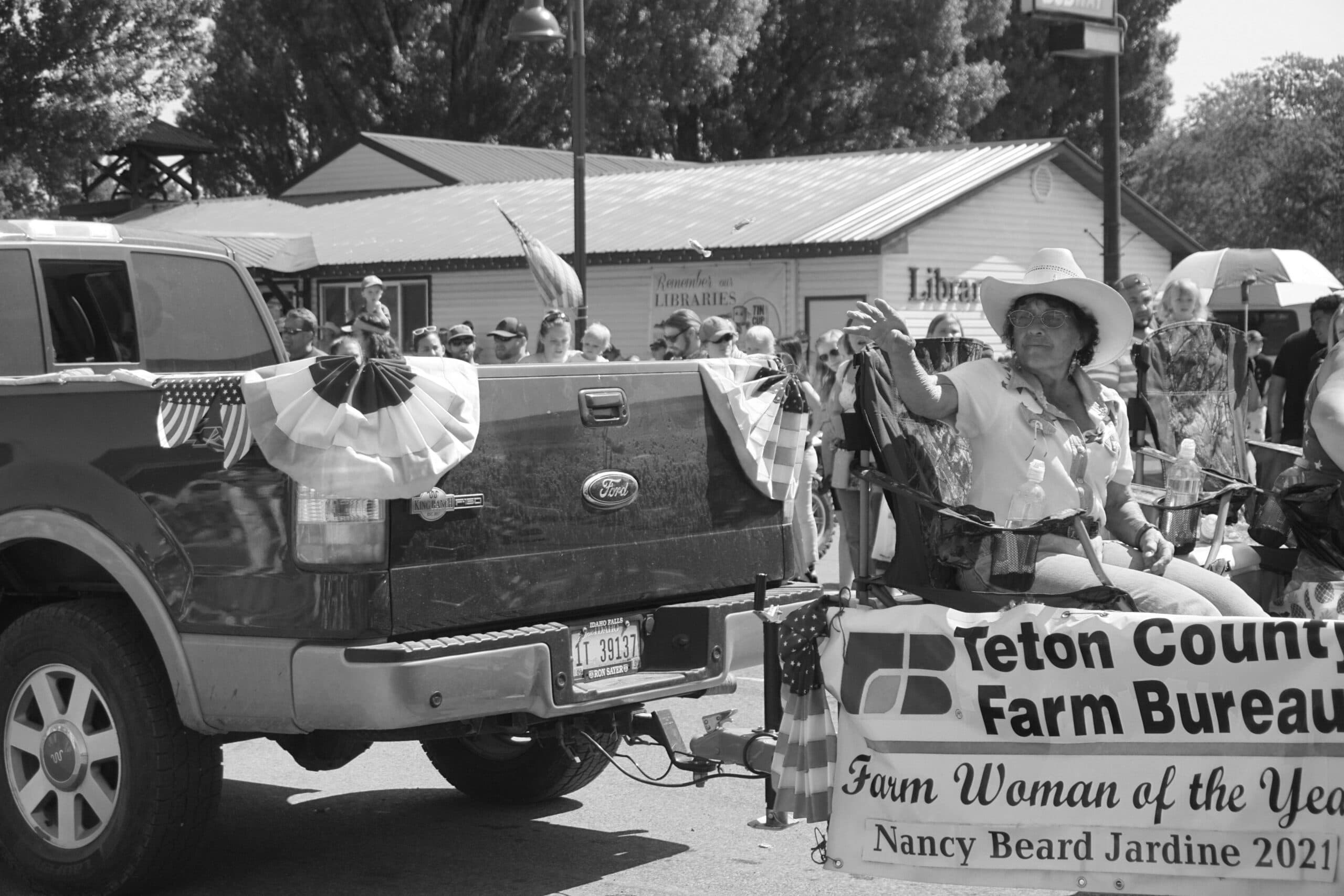The First and Next 100 Years
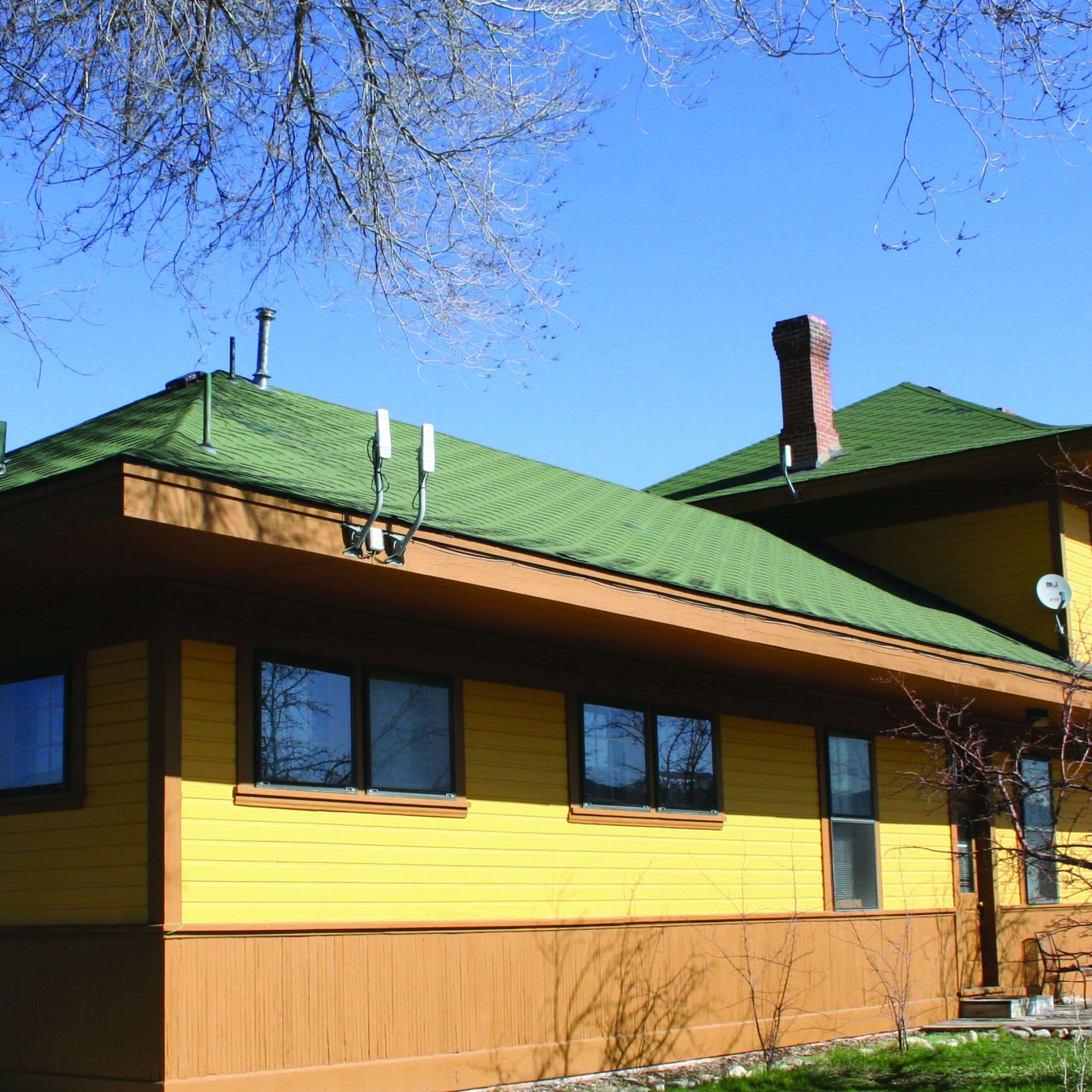
Victor Depot’s 100th birthday in 2013 was worthy of celebrating for the significant way the structure has served the community during its first one hundred years, as well as for the exciting plans in store for its future.
From 1913 through 2013, this crown jewel of Teton Valley architecture has served as a railroad depot, office and light industrial space, and residential apartments. Entering its second century, the depot will become the cornerstone of a revitalized downtown district that will preserve the city’s unique cultural history, provide space for community uses, and support economic growth and development.
Origins
By the early years of the twentieth century, thousands of communities throughout the U.S. had benefited from the arrival of the railroad. Its capacity to move people and goods faster, farther, and more efficiently than a horse, previously the fastest means of transportation, promised greater prosperity and an easier life.
Victor wanted in, as did surrounding communities. They got their wish in 1905, when the Union Pacific Railroad (U.P.)—inspired by a trip to Yellowstone National Park taken by its then CEO, E.H. Harriman— created a subsidiary railroad named the Yellowstone Park Railroad Company. Included in the new railroad’s plans was a rail line from Idaho Falls to West Yellowstone, as well as a connecting branch line from Ashton to Victor.
Victor’s dreams were almost dashed when the railroad announced, after arriving in Driggs in 1912, that there wasn’t the need to build farther south. As an incentive, funds were gathered by citizens on both sides of Teton Pass, including a reported 25 percent match from Jackson Hole residents. This supported the purchase of land for the railroad’s right-of-way between Driggs and Victor. The extra funds tipped the scales for completion to Victor—though in fact the rails may have been laid anyway, as the railroad’s original 1905 charter showed that was the ultimate plan.
1913–1981
The last spikes were driven on what became known as the Teton Valley Branch, and the first train steamed into Victor on July 1, 1913. Construction of the Victor Railroad Depot followed shortly thereafter, using lumber brought in from the outside. By this time the Yellowstone Park Railroad Company had been dissolved, and the Oregon Short Line, another subsidiary of the U.P., was the owner, operator, and builder.
The railroad depot became the hub of the community; the central location into and out of which the majority of personal travel, commercial shipping, and news and information from around the world occurred.
The depot’s design catered to these multiple needs. It included a passenger waiting room and restrooms at the south end for travelers, and a freight room at the north end for shipments. The depot agent, in charge of all activity there, lived upstairs with his family in a 500-square-foot apartment, and performed his duties from an office located in the center of the first floor.
Total railroad mileage in the U.S. peaked in 1916, and then began to decline. But Victor and the surrounding communities were just getting started enjoying their expanded access to the outside world. During its heyday, the depot served thousands of travelers, including locals moving up and down the line and to points beyond, skiers bound for the Victor Ski Hill, Jackson Hole dude ranch guests, and tourists visiting from around the world on trains named the Yellowstone Special, the Northwest Special, and the Park Special.
Shipments into Victor included all types of products purchased by families and churches directly or for sale at local businesses, including groceries, hardware, clothing, fuel, farm machinery, construction materials, and even hay during times of drought. Though infrequent, gargantuan pieces of equipment would arrive, such as the six boilers weighing eight tons apiece destined for the Jackson Lake Dam, and cables for the first lifts at Teton Village.
Shipments out included sheep from Teton Valley and cattle from Jackson Hole ranchers, who drove their herds over Teton Pass and stored them in stock pens northwest of the depot. Outbound shipments also included some of freshest and tastiest peas available in North America, grown in Teton Valley, as well as limestone, lumber, sheep’s wool, horses, and cream.
Until the 1950s, mail, newspapers, and magazines were the primary means for staying in touch with national and global happenings, and most of these were brought in by train. For urgent messages, the depot agent could send a Western Union telegram.
Demand for the railroad’s services declined in the 1950s, as travelers and shippers began to prefer the convenience and speed of automobiles, trucks, and airplanes. As a way to cut costs and try to remain competitive, the railroad consolidated the Tetonia and Driggs depots into the Victor Depot in 1960 and reduced the number of scheduled passenger and freight trains. Still, there were not enough local users to keep the line profitable. So, in 1981, the U.P. applied to the Interstate Commerce Commission for the right to abandon the rail line between Victor and Tetonia. The abandonment was granted.
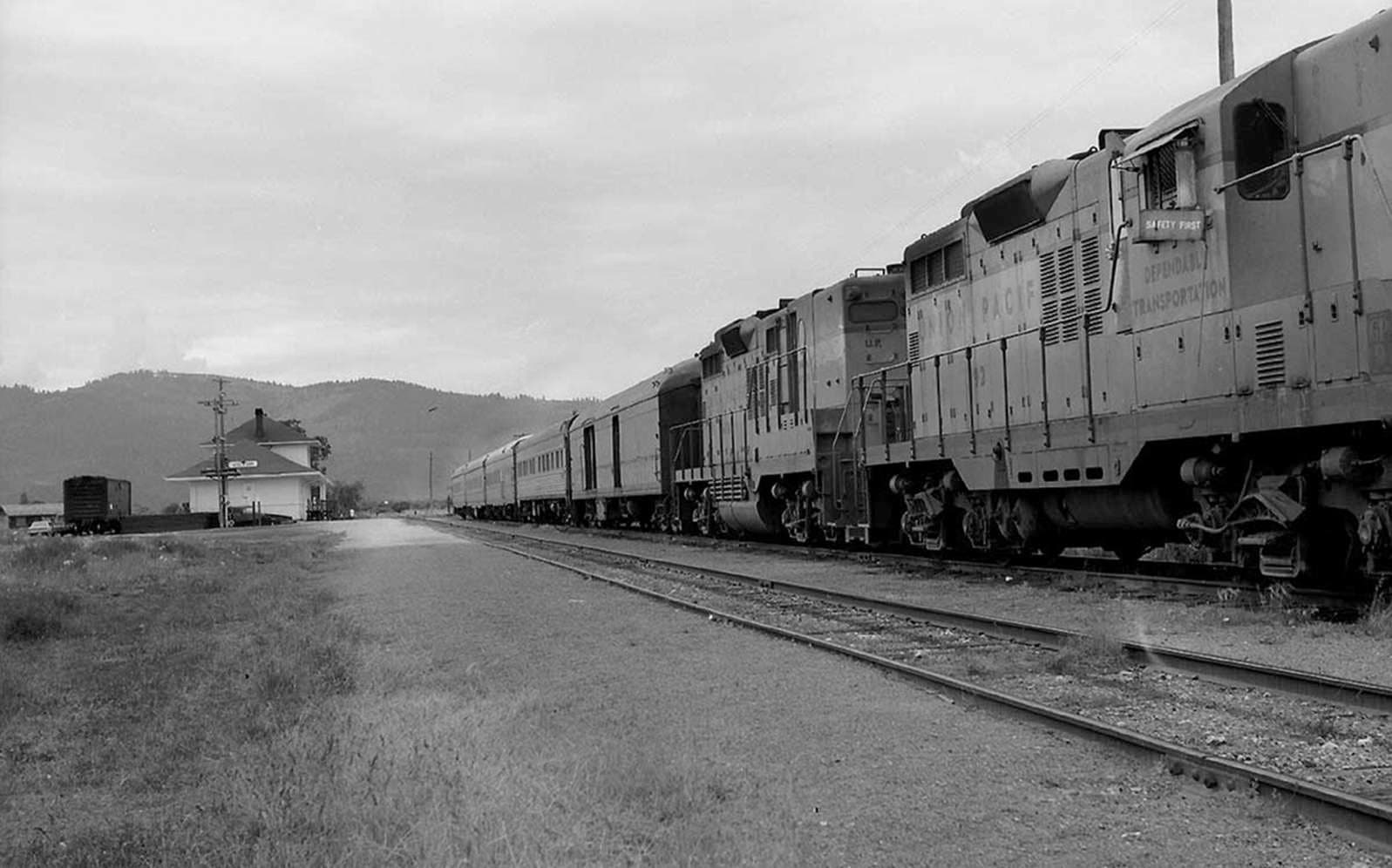
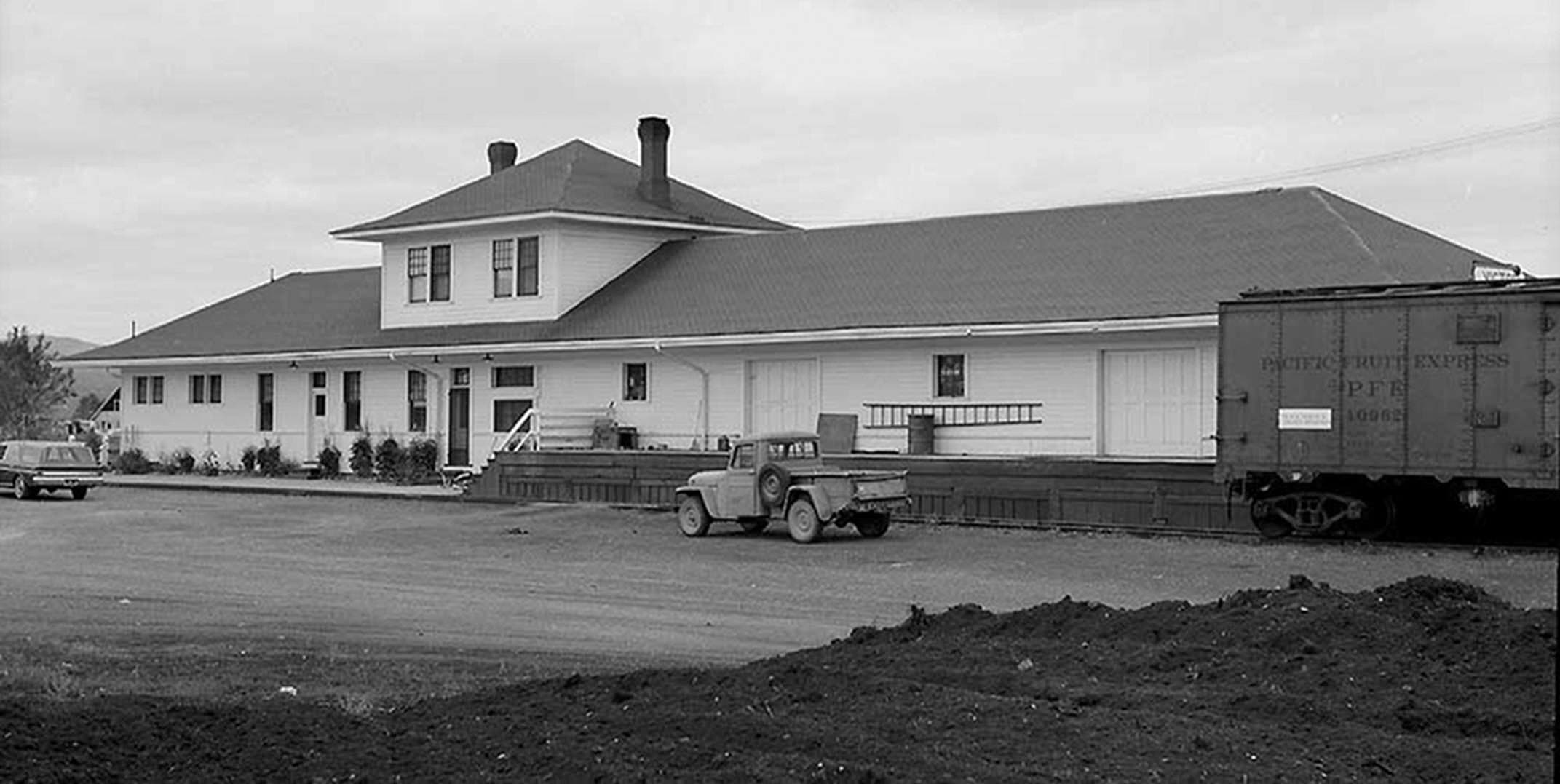
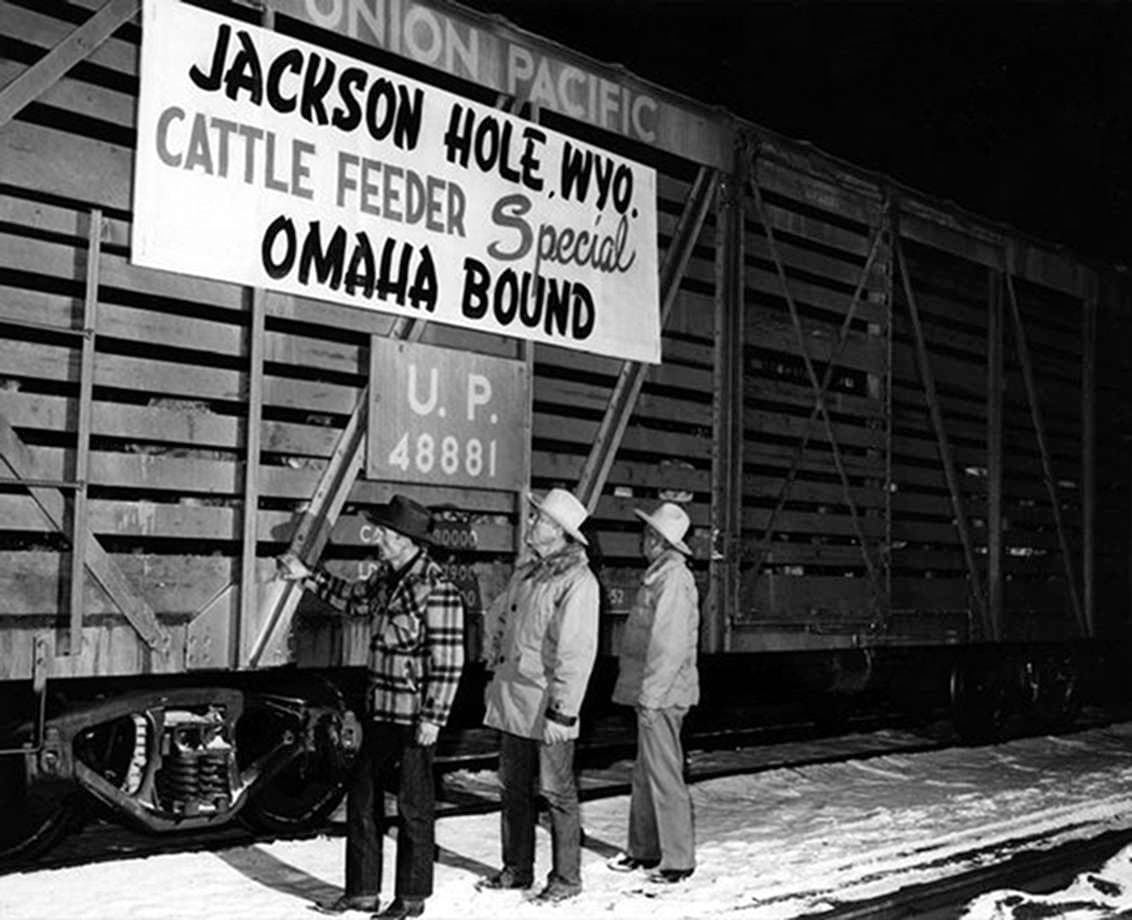
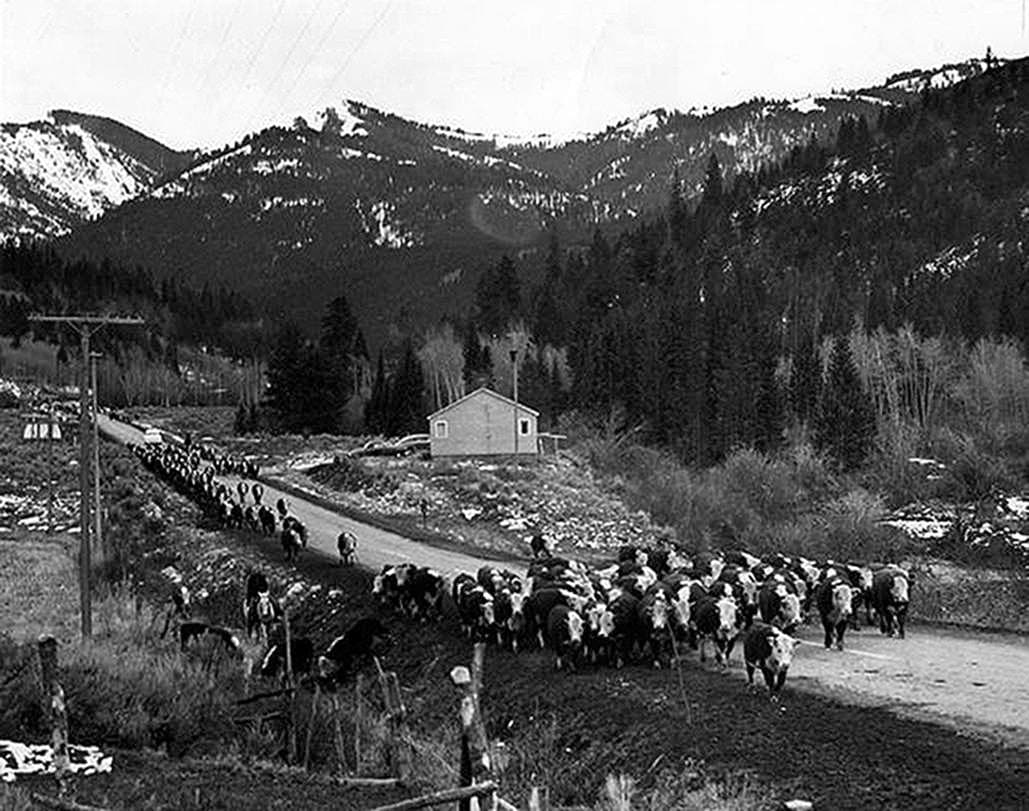
The Late Twentieth Century
The depot sat vacant for much of the 1980s, until listed for sale by the railroad in 1989. It quickly received multiple offers, including a winning bid from John Horn of Jackson. So began a period of post-railroad, private ownership that continued with the sale to Jim Wurth of Wilson in 1992 and then to John Wasson of Wilson in 1998. Each of these owners appreciated the depot’s charms, kept it in a state of good repair, and tried to optimize the return on their investment with its highest and best use.
Perhaps the most notable event during this period of private ownership was the achievement of getting the Victor Railroad Depot formally listed on the National Register of Historic Places. Occurring on April 27, 1995, the listing came as a result of the efforts of then-owner Jim Wurth. Jim renovated it from office and light industrial space to five apartments in 1993, but continued to work tirelessly, investing tens of thousands of additional dollars to meet the requirements necessary to finally attain National Register designation. In so doing, Jim helped the community recognize what a valuable resource it had. This was exactly in keeping with the spirit of the Historic Places program, which is to support efforts to identify and protect America’s significant cultural resources. The depot remains the only building in Victor on the list, and one of only five structures or sites listed in Teton County, Idaho.
Nevertheless, even with such a designation—unless government monies are involved—any private property owner can essentially still do whatever they want with a listed property, including tearing it down.
But the possibility of such a dire outcome for the Victor Depot has been eliminated, thanks to the vision and efforts of Victor’s leaders, past and present, and certain citizens. Former mayor Don Thompson supported the creation of an economic development fund for the type of city center the depot could become. Another former mayor, Scott Fitzgerald, subsequently saw the potential for the economic development that City ownership of the depot could provide. Current city planner Bill Knight envisioned cultural preservation and practical uses. And Envision Victor, the landmark visioning tool involving hundreds of citizens, made its mark by identifying as one of its shared “Heart & Soul” values the preservation and recognition of the community’s cultural history.

Into the Future
These visions and values began to take a more tangible form when depot owner John Wasson and the City of Victor began to discuss a sale. Their plan included the City getting the depot and the adjacent one-acre lot to the west, while John would split off and retain a portion of the lot to the south.
They agreed on a sale price of $416,000, and in July 2011 the City formally took title to the two prize properties. Funding for the purchase included $200,000 in the economic development fund started by Mayor Thompson. The difference is being paid back to the City from tenant rental income.
Purchasing the depot in itself was adequate reason to celebrate, but having the foresight to purchase the adjacent lot at the same time was an act of genius. The lot will provide a place to expand the preservation and interpretation of community history, while setting the stage for increased economic development—through the creation of a scenic byway interpretive center constructed next to the depot.
Hats off to Victor, for restored depots have been energizing and revitalizing downtown districts throughout the U.S. for decades. The depot and adjacent interpretive center will provide a tangible connection between the past and present, while providing a foundation for future growth. As a result of the vision and hard work of many, the future is looking very promising for the City of Victor.


